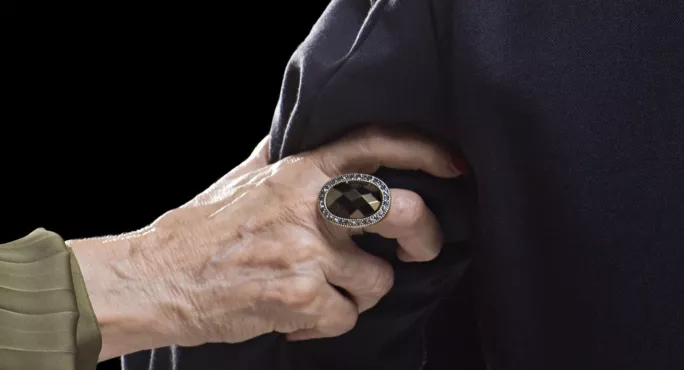Being involved in a physical restraint is often uncharted territory on the map of your day.
You are suddenly lost, at risk of losing control, including of your own actions and thoughts.
Here’s an example. Walking down the corridor, I see Charlie, 16, trying to get through a door to attack his teaching assistant.
Quick read: Are you accidentally upsetting your adopted students?
Quick listen: Could Bananarama be the answer to social mobility?
Want to know more? Social-emotional skills in the early years
Within a minute, I am sitting in the doorway, surrounded by the glass of the window Charlie has just broken.
I am struggling to hold Charlie. My heartbeat has probably doubled; I can barely breathe, never mind speak.
My thoughts are racing, and I have lost the power to notice anything but Charlie. I am holding him, just, and concentrating on controlling myself as much as him.
I regain my breath, and my thoughts and emotions slow sufficiently for me to assess what has happened and plan how to calm Charlie down and get both of us back to safety.
Our training gives us some reference points to take into a restraint, so we do not lose ourselves completely. It gives us a legal, moral and emotional framework.
We know that we have to be acting in the best interests of the child, that our actions have to be reasonable, proportionate and necessary, with the minimum force used for the shortest possible time.
We know the holds we should use to avoid putting pressure on young joints. We know that we need to work as a team, and help each other to stay calm and professional.
We know that, afterwards, there will be a period of low mood, perhaps shame and depression, and that the staff and the pupil need debriefing and support.
Without these reference points, the void created by restraint could be filled with inappropriate actions, thoughts and feelings.
It is important to keep control of the situation and oneself, and to realise that although restraint is often messy and a clear sign that things have gone wrong, it is not a source of shame.
Restraint is part of the support we give to our pupils, who are vulnerable and need to be held emotionally, morally and - on very rare occasions - physically. Holding is often restrictive, but it is reassuring, too, if it is done with care and sensitivity.
Taboo subject
And yet restraint often seems to be a taboo subject. In my 30 years of teaching children with challenging behaviour, no one from the local authority or any other inspector has asked to scrutinise our restraint data, or offered training or support.
Perhaps the oft-peddled view that challenging behaviour is simply down to poor classroom management skills means that restraint is seen as a sign of poor practice.
De-escalation is emphasised in the training we deliver to our staff, but there is so much more to managing restraint than that. I have been in schools where the number of restraints took a steep upturn. Such increases were not due to the skill levels of staff but the school’s diminishing ability to provide a relevant and meaningful curriculum.
If the staff do not have the time or resources to meet the children’s cognitive, social, and (above all) emotional needs, de-escalation is simply papering over ever-widening cracks.
The number of restraints is a fairly stark indicator of a school’s health. These figures could be similarly used to measure the state of health of our educational provision in a local authority, or even across the country.
To fail to collect such data is to fail to manage our provision for vulnerable children, and to leave them and the staff who work with them to battle on their own to prevent the pockets of disorientation and shame that continue to be present on the maps of their school days.
We would never do that in school.
Peter Nelmes is a senior manager in a special school

